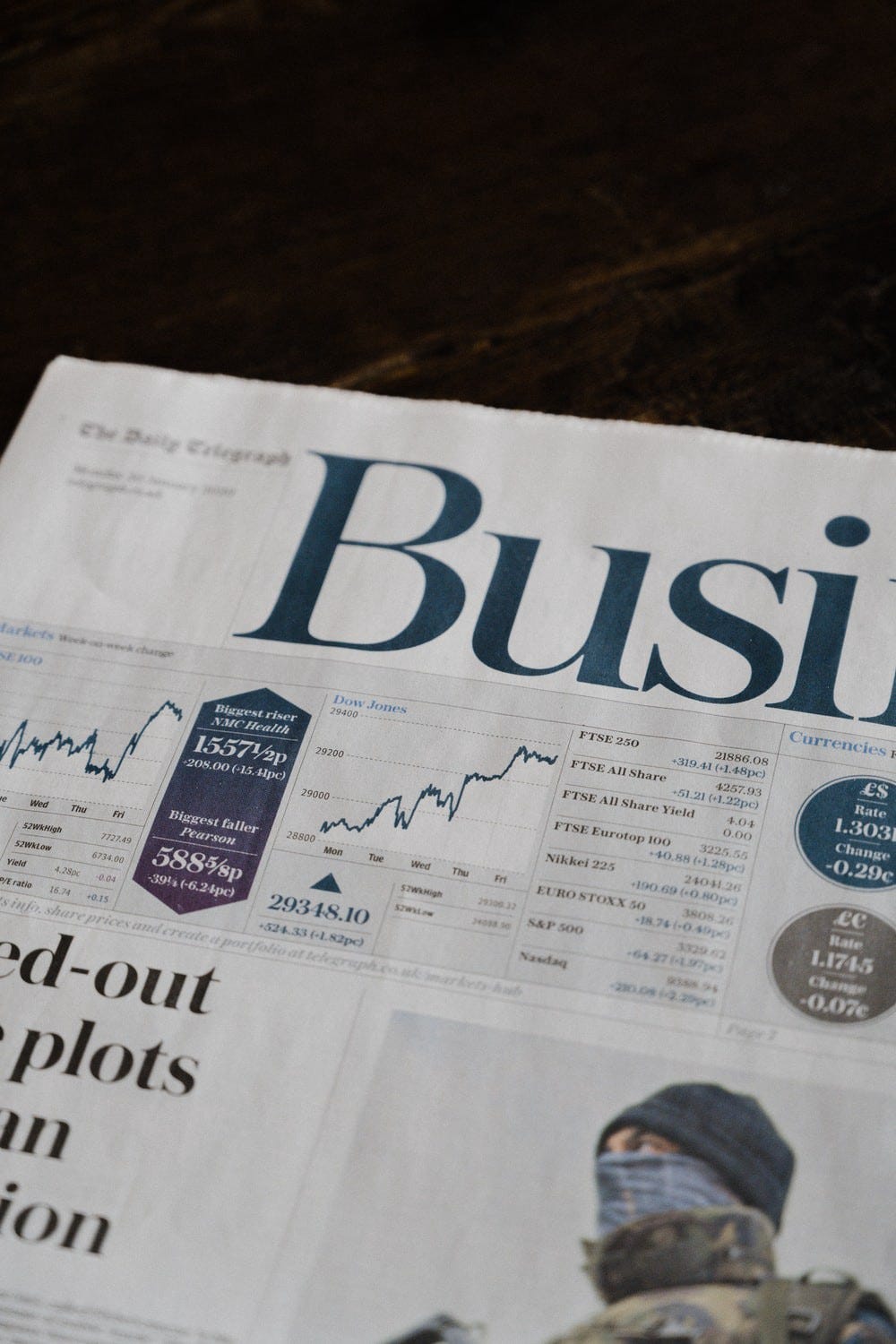Warren Buffett is credited with a popular aphorism.
Be fearful when others are greedy, and be greedy when others are fearful.
It's easy to recall but difficult to put into practice, like most pithy sayings. How does one know when others are greedy (or fearful) enough, for example? And, when the chance arises, how fearful (or greedy) should one be?
I published a series of articles on Medium in an attempt to test this old adage. To keep things manageable, I tried to answer a simple question derived from the aphorism, namely,
What happens if I buy and hold the index after a severe market panic?
Over five years, I discovered that a simple buy-and-hold strategy consistently yielded double-digit average returns.
Check out my methodology in my first article, where I used the S&P 500 to test this strategy. Over a 5-year period, buying and keeping the S&P 500 would have yielded a 9.8% annual return, and a 9.5% annual return over a 10-year period.
For the Russell 2000, the results were even better. This strategy produced an average annual return of 13.1% per year over five years and 9.9% per year over ten years.
To keep things simple, I defined a “severe market panic” as a greater than 2x standard deviation on the index's average monthly return. I adjusted the percentages a little to come up with easily-remembered figures, i.e. -10% in a month for the S&P 500 and -13% for the Russell 2000.
After all, who would remember -8.7% and -11.6% for the S&P 500 and Russell 2000, respectively?
Setting a high bar, such as a 2x standard deviation of monthly returns, allowed me to filter out temporary blips when the market was consolidating rather than collapsing in a panic.
Only a few times in recent history have counted as extreme market panics under this definition:
- Black Monday in 1987.
- The dotcom bubble burst in 2002.
- The global financial crisis in 2008.
- The COVID-19 panic in March 2020.
In each of these cases, I followed a basic strategy: buy the index the month after the big crash, and hold on to the investment.
I believe that the key explanation for this strategy's consistent results is that the government panics when the market panics.
The government’s efficacy is linked, rightly or wrongly, to stock market results. As a result, if there's a market panic, the government is encouraged to use all of its resources to support the market, whether it's by lowering interest rates to near-zero or by pumping billions of dollars into circulation through quantitative easing programmes.
So, don’t fight the government. Instead, use a market panic as an entry point, but keep two things in mind.
First, make sure you're investing low-cost, passively-managed index. The Vanguard 500 Index Fund ETF (VOO) and the Vanguard Russell 2000 Index Fund ETF (VTWO) are the index funds I use because they have the ideal combination of low expense ratios (0.09% on VOO and 0.10% on VTWO) and sufficient liquidity
Second, this approach only works if the investment is held for a long enough time, such as five or ten years, as this is how long it usually takes for the market's persistent upward bias to show itself reliably.

